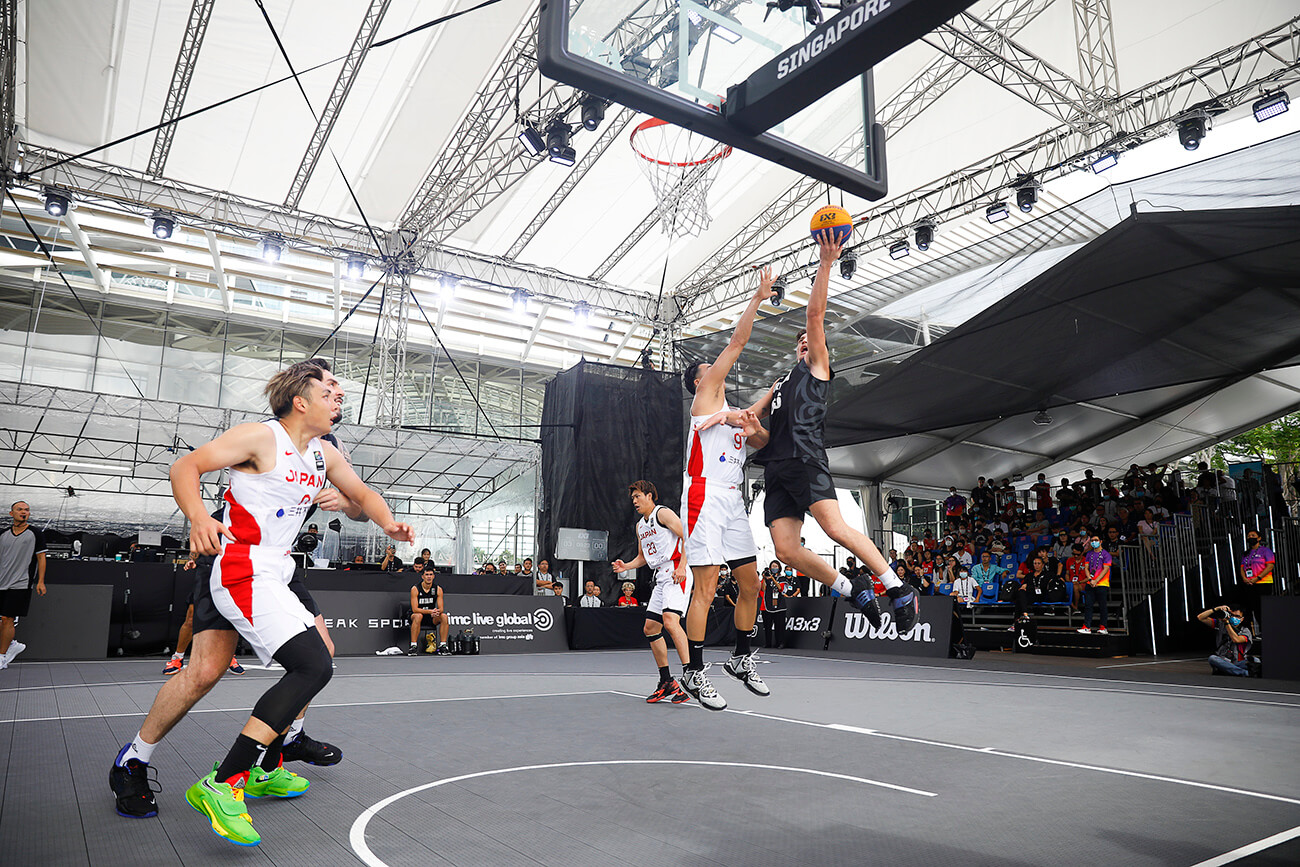amicitaacademy.com – Badminton is a fast-paced racquet sport that is played worldwide, both casually and competitively. Recognized for its quick reflexes, agility, and precision, badminton combines elements of strategy, endurance, and skill. Whether played in backyards or on professional courts, the sport offers an exciting and challenging experience for all.
History and Origins
Badminton originated in ancient civilizations more than 2,000 years ago, with early versions of the game played in Greece, China, and India. However, the modern form of badminton, as we know it today, developed in the mid-19th century when British officers stationed in India brought a similar game called “Poona” back to England. By 1873, the game was introduced at a party hosted by the Duke of Beaufort at his estate, Badminton House, hence the name of the sport.
It was officially established as a competitive sport in 1934 when the International Badminton Federation (now the Badminton World Federation) was formed. Badminton became an Olympic sport in 1992, gaining global recognition.
How the Game is Played
Badminton can be played in singles (one player on each side) or doubles (two players per side). The objective is simple: players use a lightweight racquet to hit a shuttlecock, aiming to land it in the opponent’s court. Points are scored when the shuttlecock touches the ground in the opponent’s side, or if the opponent hits the shuttlecock out of bounds or into the net.
The game is played in a best-of-three format, with each game going to 21 points. Players must win by at least two points, and if the score reaches 20-20, play continues until one side wins by two clear points, up to a maximum of 30 points.
Key Skills and Techniques
Badminton requires a unique combination of physical and mental skills. Agility and speed are crucial as players must quickly cover the court, often requiring explosive bursts of movement. Precision is also important, as players need to control the shuttlecock’s trajectory, varying between delicate drop shots, powerful smashes, and deceptive net play.
- Smash: The most powerful shot in badminton, used to hit the shuttlecock downward with great force.
- Drop Shot: A soft shot that just clears the net and lands close to it, designed to catch the opponent off-guard.
- Net Play: These delicate shots near the net require finesse and control, and can be critical in dictating the pace of the game.
Badminton’s Global Popularity
Badminton is especially popular in Asia, with countries like China, Indonesia, India, Malaysia, and South Korea dominating the international scene. However, European nations like Denmark and England also have a rich badminton tradition and have produced top-level players.
International tournaments such as the All England Open, the BWF World Championships, and the prestigious Thomas and Uber Cup tournaments for men and women, respectively, showcase the best talents in the sport. Top players like Lin Dan, Lee Chong Wei, Carolina Marín, and PV Sindhu have become icons of badminton, each pushing the sport’s popularity to new heights.
Fitness and Health Benefits
Badminton offers numerous health benefits, making it a great sport for players of all ages. It is an excellent cardiovascular workout, enhancing stamina, agility, and coordination. Playing badminton regularly can improve muscle strength, particularly in the legs, core, and arms. It also enhances mental sharpness, as players need to anticipate opponents’ moves and react quickly.
Conclusion
Badminton is a dynamic sport that balances speed, strategy, and finesse. Whether played casually for fun or professionally at the highest level, it is a game that continues to captivate audiences worldwide. Its combination of athleticism and strategy makes it one of the most exciting and accessible sports. Whether you’re a beginner or an experienced player, badminton offers a thrilling experience that tests both physical and mental endurance.






